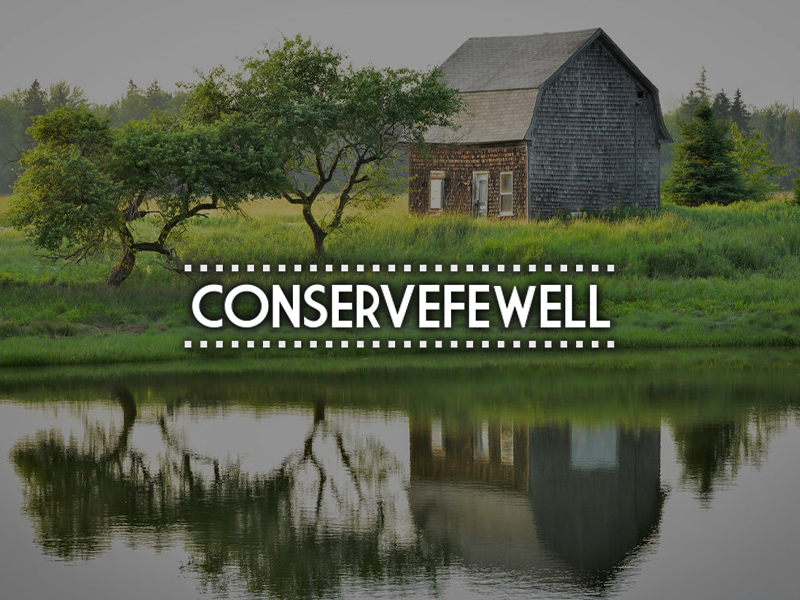We have a lot of chickens in Maryland. And, in fact, we humans are outnumbered 1,000 to 1 along Maryland’s Eastern Shore. Lots of chickens also means lots of chicken poop – something you probably don’t care to think about as you’re nibbling on that chicken wing. And fact, most of the chicken manure (a/k/a chicken litter as it’s called locally) is land-applied, which is also what’s affecting the quality of water in the Chesapeake Bay. More manure equals more algae, equals less oxygen for fish, crabs and other aquatic critters. But, as a vital nutrient resource that keeps on giving, it can also be transformed into a renewable energy source as discussed below.
As a resident of Maryland and a culinary fan of the Chesapeake Bay’s Blue Crab population, I’m entrusting my Governor – Governor O’Malley – to make the right decision and to inject a bit of creativity in the way he approaches this issue. Here is  my family’s contribution last week to supporting the Blue Crab and all those hard-working Chesapeake Bay watermen. One of my favorite bumper stickers – Save the Crab, Then Eat’em.
my family’s contribution last week to supporting the Blue Crab and all those hard-working Chesapeake Bay watermen. One of my favorite bumper stickers – Save the Crab, Then Eat’em.
 This week, however, we learned that O’Malley and his Department of Agriculture have temporarily delayed moving forward with an emergency fertilizer provision that would have compelled poultry farmers to dispose of chicken poop in a more environmentally friendly manner. For good reason, the proposal made Maryland’s farmers quite anxious regarding affordable and acceptable alternatives. And O’Malley rightly hit the pause button to review and ensure that the new regulations would not create unintended consequences.
This week, however, we learned that O’Malley and his Department of Agriculture have temporarily delayed moving forward with an emergency fertilizer provision that would have compelled poultry farmers to dispose of chicken poop in a more environmentally friendly manner. For good reason, the proposal made Maryland’s farmers quite anxious regarding affordable and acceptable alternatives. And O’Malley rightly hit the pause button to review and ensure that the new regulations would not create unintended consequences.
Environmental groups, like the Chesapeake Bay Foundation, who continue to advocate tirelessly for the Bay’s return to health, aren’t entirely happy with the delay, but have agreed to remain patient as long as the provision is introduced very soon – like next month. I’m hopeful our good Governor will consider ways to help more farmers and communities turn chicken poop into more energy, a liability into an asset. Farmers are the ultimate conservationists and, when provided the right tools and incentives, will invariably do the right thing.
In 2011, there were almost 200 anaerobic digesters in the U.S. being used for livestock manure, producing an estimated 541 million kWh of energy. That’s enough energy to power 50,000 average-size homes for an entire year – not insignificant. Anaerobic digesters aren’t all that expensive, ballpark figure $500,000, and studies indicate the return on investment to be around 16 years or sooner. But, unfortunately, the regulatory hurdles have made it exceedingly difficult to obtain the necessary permits. So, if we’re serious about cleaning up our waterways and creating more renewable energy sources, let’s start with removing barriers and creating better incentives to support innovative on-farm solutions like this.


